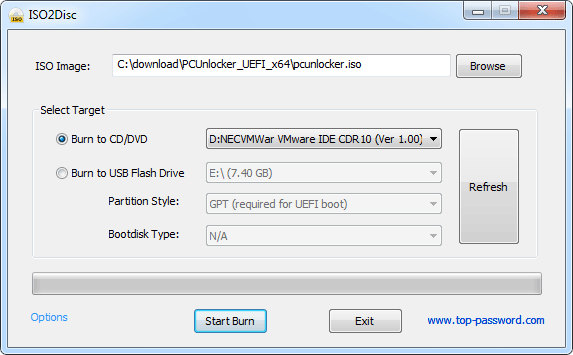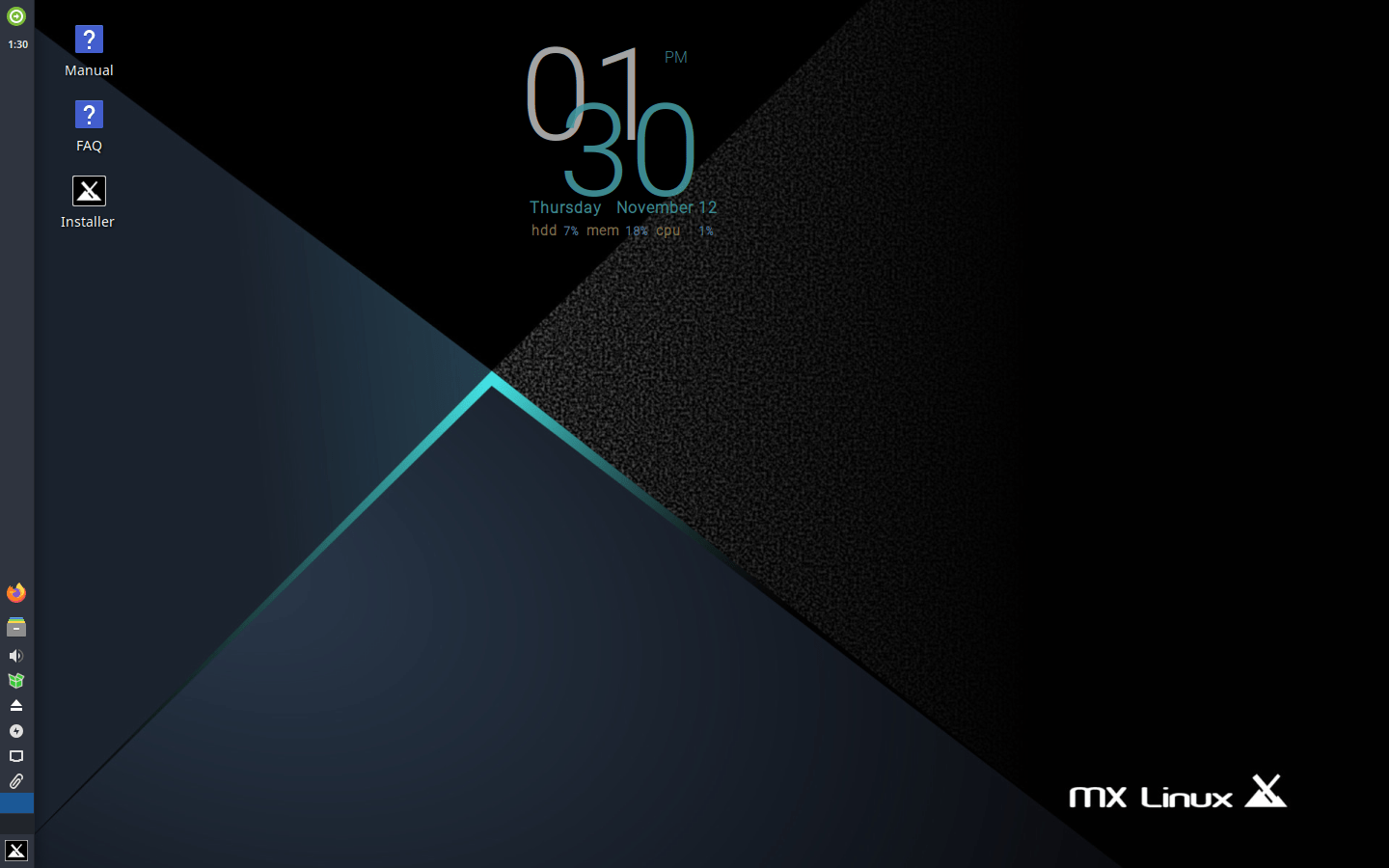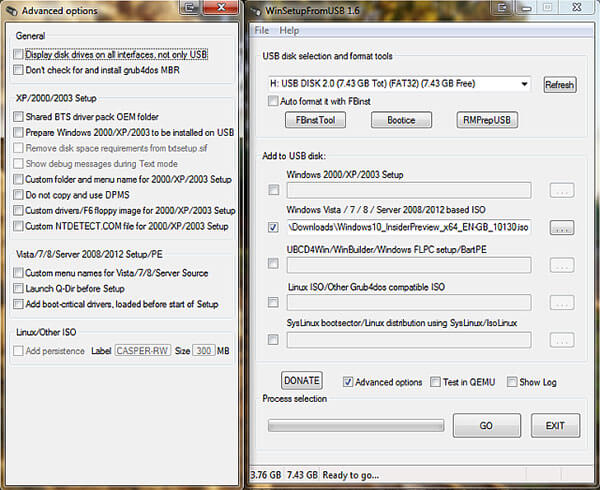
- #Burning linux iso file to usb drive free how to
- #Burning linux iso file to usb drive free install
- #Burning linux iso file to usb drive free windows 10
- #Burning linux iso file to usb drive free software
Step 3: Then, choose the ISO image file from the computer by clicking "Browse" and open it. You can repeat the same process with CD/DVD as well. Step 2: Plug in the USB thumb drive to PC and the program will automatically recognize the device. Next, launch the program as administrator. The program should be installed quickly within few moments. Step 1: Download and run the installer file of PassMoz LabISO. and the best part is that it is compatible with every Windows operating system version. It offers to burn the ISO image file in several partition formats like NTFS, FAT16, FAT32, etc. It is 24X times faster than any ISO burner available online.

#Burning linux iso file to usb drive free install
So, if you want to make a bootable disk from an ISO image file, then simply install LabISO.
#Burning linux iso file to usb drive free software
PassMoz team has devoted their entire life building on technical software that helps people on critical times. Well, PassMoz LabISO is one of those programs that can comfortably make a bootable USB drive from ISO file even if you had zero technical skills. ISO to USB Burning Tool 2: PassMoz LabISO (Bootable)Įveryone likes elegant tool that can be used without following complex instruction at all. If you are not interested in this tool then hop to the next one. Unfortunately, Active ISO burner doesn't work with Windows 64-bit and is extremely slow program. It will take several minutes but the job will be done eventually. When all the settings are up to the mark, you can click on "Burn" to finish the task. Step 4 : Now, choose the ISO image from your computer and open it. Step 3 : Insert the USB flash drive and wait for the program to show it automatically. Step 2 : Double click on the downloaded file to launch it on your computer. Step 1: Go to the official Active ISO burner website and download the file for free. Moreover, you don't even need to install this program to run it.

It is developed by the Soft Technologies team which is pretty popular for making open source tools.
#Burning linux iso file to usb drive free how to
How to burn an ISO image using the dd command in Linuxįor this case we will use the dd (Dataset Definition) command, this command allows us to perform different actions on hard drives or partitions in the system.ISO to USB Burning Tool 1: Active ISO BurnerĪctive ISO burner is a free ISO burning tool that can easily assist to burn ISO image files into CD or USB flash drives easily. Once the ISO image is created, we must configure the boot of the computer in the BIOS or UEFI from the USB medium and thus begin to perform the traditional integrated installation or repair operations.

#Burning linux iso file to usb drive free windows 10
In this case we will create a USB with a Windows 10 image but you can download an ISO image from Ubuntu, Debian, CentOS, etc., based on the requirements of the case. We will clarify that this process applies to the creation of ISO images (boot) of Linux or Windows operating systems. There are several tools that we find today for this, but if you are a Linux user today you will learn to perform this process directly from the terminal with few steps and in a practical way. If you wonder why, it is simple, apart from the practicality of carrying a USB and not a DVD, some of the current equipment no longer comes with a CD / DVD drive, which makes it more convenient to learn how to create a bootable USB and thus not get stuck in the path of support. Since its use began to spread, the USB devices had the sole purpose of hosting information to be transported to other computers, but today we can configure them as bootable media for operating systems. What before involved loading with two or more DVDs now everything is simplified to simpler tools that help our tasks to be performed in a much more efficient way, we talk about USB sticks. If we are in the area of ​​support and systems management, one of the tasks that are frequently performed is the installation, repair and configuration of the operating systems.


 0 kommentar(er)
0 kommentar(er)
